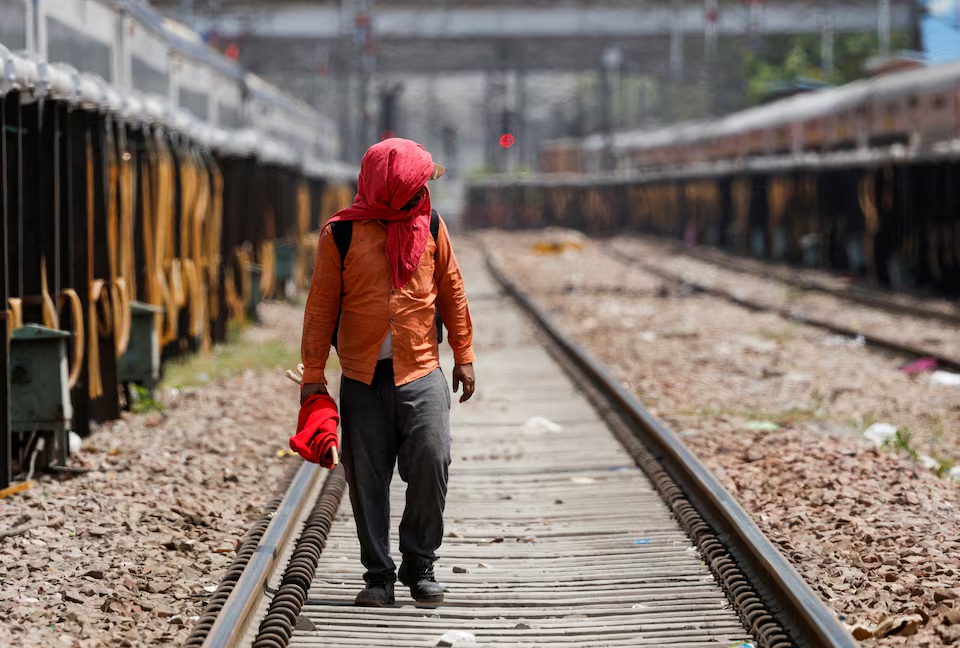Indian authorities announced on May 21, 2025, that they had killed a top Maoist rebel commander, dealing what they called a “breakthrough blow” to the decades-long insurgency in India’s central tribal heartland. The rebel, identified as Shankar Rao, was reportedly the most senior operational leader of the banned Communist Party of India (Maoist) and had been on the run for over two decades.
The Indian Ministry of Home Affairs confirmed that Rao was killed in a joint operation conducted by paramilitary and state police forces in the dense forests of Chhattisgarh, a hotbed of Maoist insurgency. The operation was described as “swift, intelligence-led, and surgical,” with no reported casualties among the security forces.
“This is a landmark victory in our fight against Left-Wing Extremism,” said Home Minister Amit Shah, who called the death of Rao a “decisive moment” in restoring peace and development in Maoist-affected areas.
Who Was Shankar Rao?
Rao was one of India’s most wanted militants, accused of orchestrating numerous deadly ambushes, bombings, and extortion rackets targeting government forces, political figures, and infrastructure projects. He carried a bounty of ₹25 lakh (approximately $30,000) and was believed to be the mastermind behind the 2010 Dantewada massacre, which killed 76 security personnel.
As a key ideologue and commander, Rao controlled multiple Maoist “zones” and was instrumental in shaping the group’s guerrilla warfare strategy and rural mobilization.
The Operation and Intelligence Breakthrough
According to Chhattisgarh police officials, the successful operation was the result of months of surveillance, including intercepted communications and tip-offs from former Maoist sympathizers. The forces closed in on a rebel hideout in the Abujhmad forest, where Rao and a small group of bodyguards had reportedly taken shelter.
“There was a brief exchange of fire. After it ended, we recovered Rao’s body and seized weapons and communication devices,” said Inspector General Sundarraj P.
Authorities are now analyzing the digital equipment retrieved from the scene, which they believe could offer insights into the Maoist group’s remaining leadership and network.
Impact on Maoist Movement
Security experts say the death of Shankar Rao is a severe psychological and organizational setback for the Maoist insurgency, which has steadily lost ground over the past decade due to increased militarization, infrastructure development, and defections.
“Rao’s removal creates a leadership vacuum,” said Ajai Sahni, Executive Director of the Institute for Conflict Management. “It’s a symbolic and strategic victory.”
However, he cautioned that while the core of the movement may be weakened, pockets of resistance and radicalization could persist, especially in Bastar, Odisha, and parts of Jharkhand.
Government Response and Future Plans
The Indian government reiterated its dual approach of security crackdown combined with development initiatives to integrate affected regions. Plans are underway to boost road construction, healthcare access, and tribal education in former rebel strongholds.
“We are not just eliminating terrorists,” said Minister Shah. “We are bringing governance and opportunity to people long forgotten.”
The government also appealed to remaining Maoist cadres to surrender and reintegrate, promising rehabilitation schemes for those who lay down arms.
What’s Next?
- Increased combing operations across central and eastern India
- Enhanced recruitment of local tribal youth into police forces
- New investments in infrastructure and welfare in Maoist-affected regions
- Intelligence cooperation between state and central agencies to dismantle remaining rebel networks
As the dust settles on this major operation, India’s security forces hope the elimination of Shankar Rao will mark a turning point in one of the country’s longest-running internal conflicts — and bring long-awaited stability to its most underdeveloped regions.
Source; Al Jazeera



